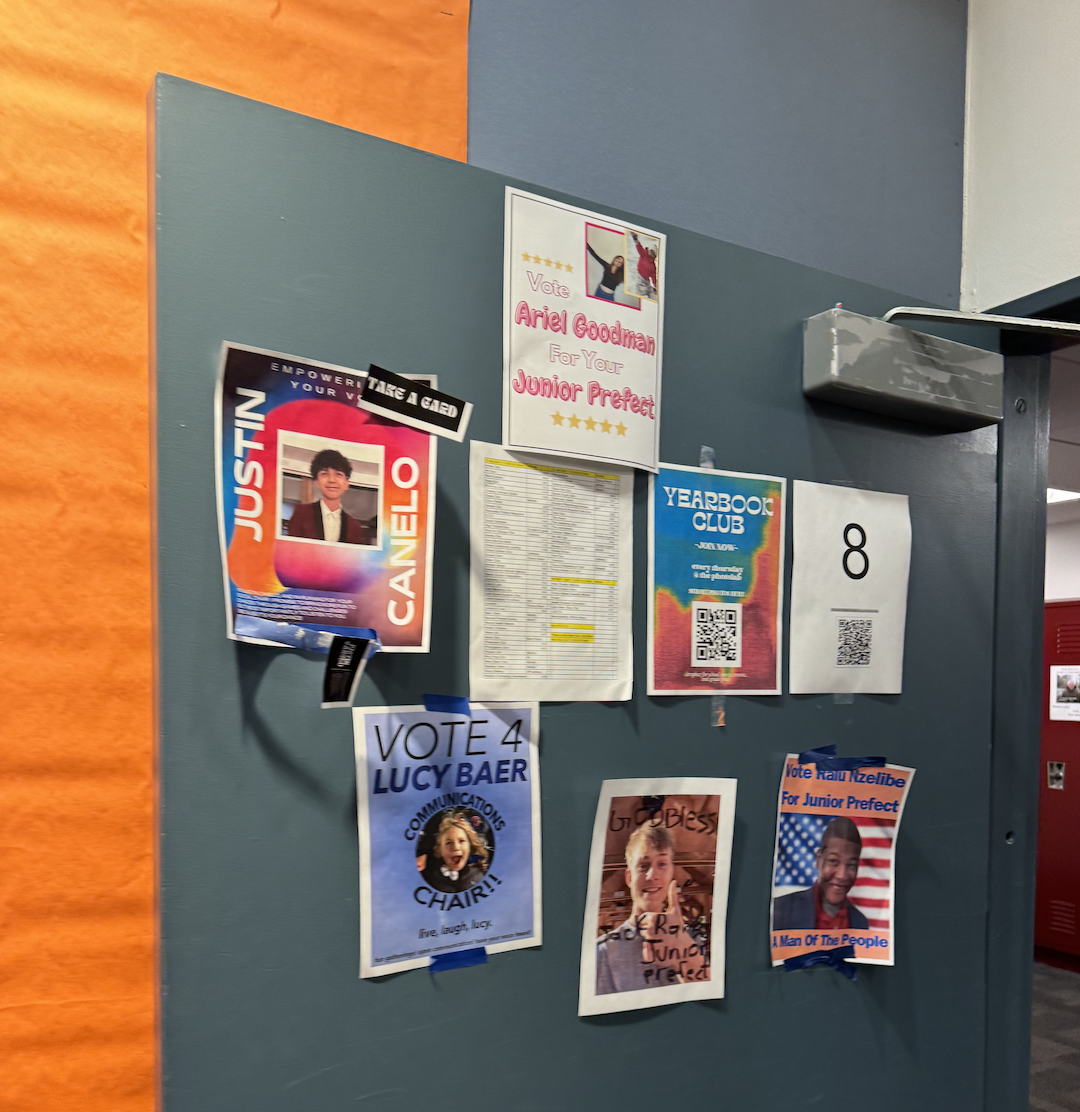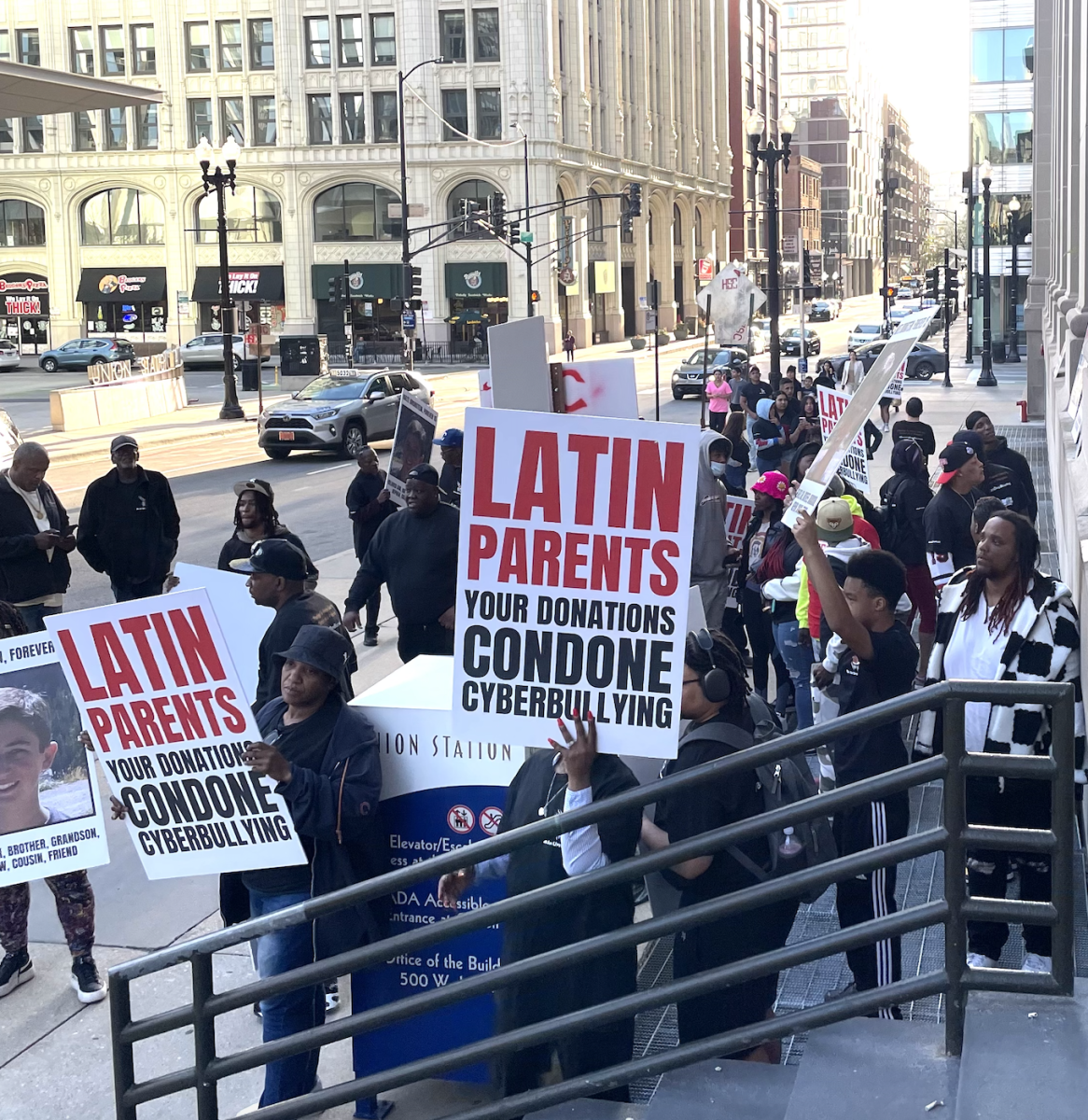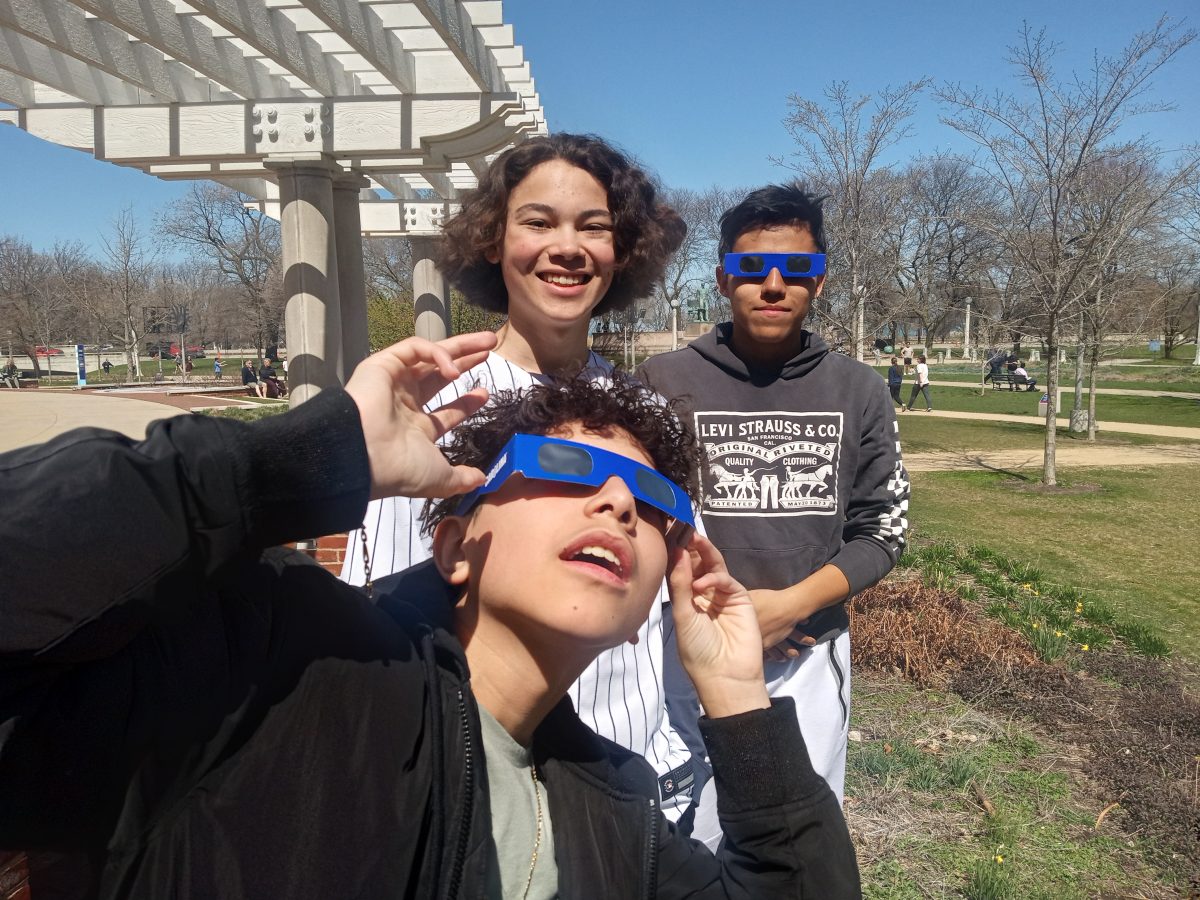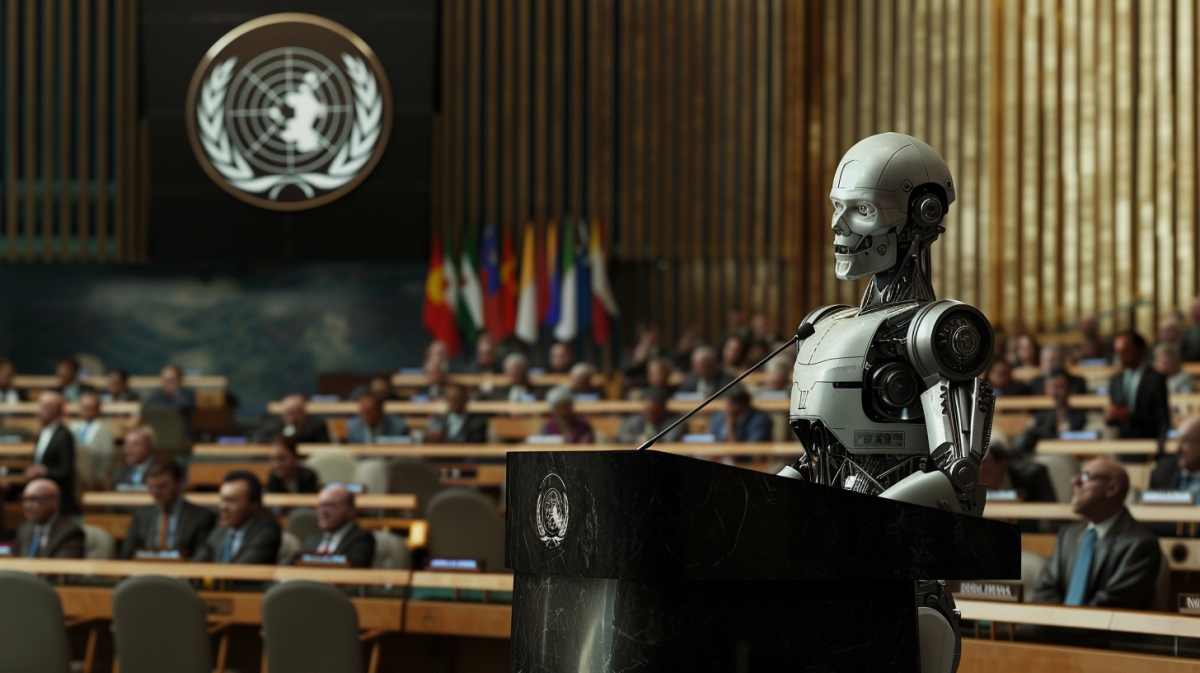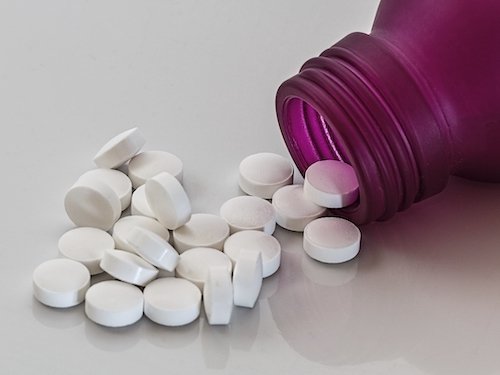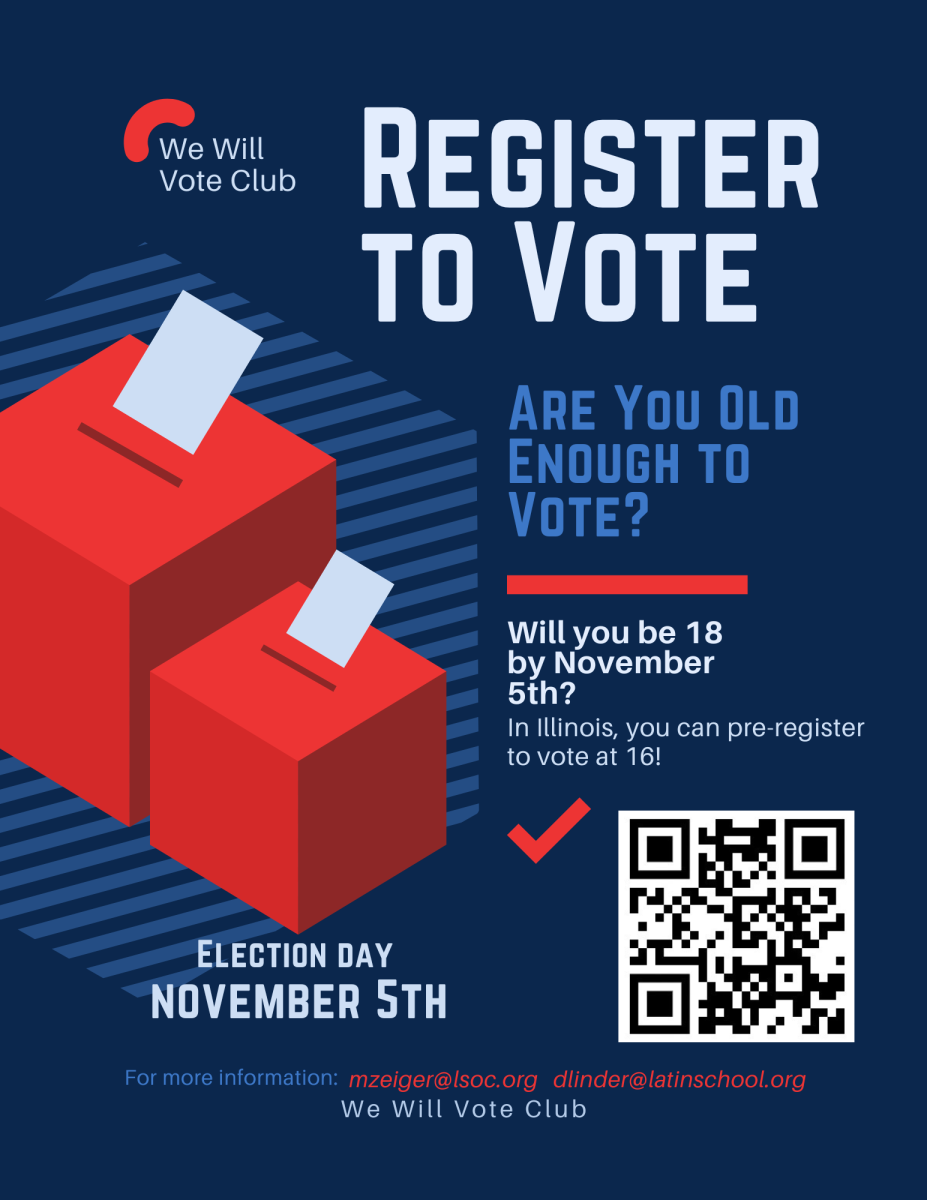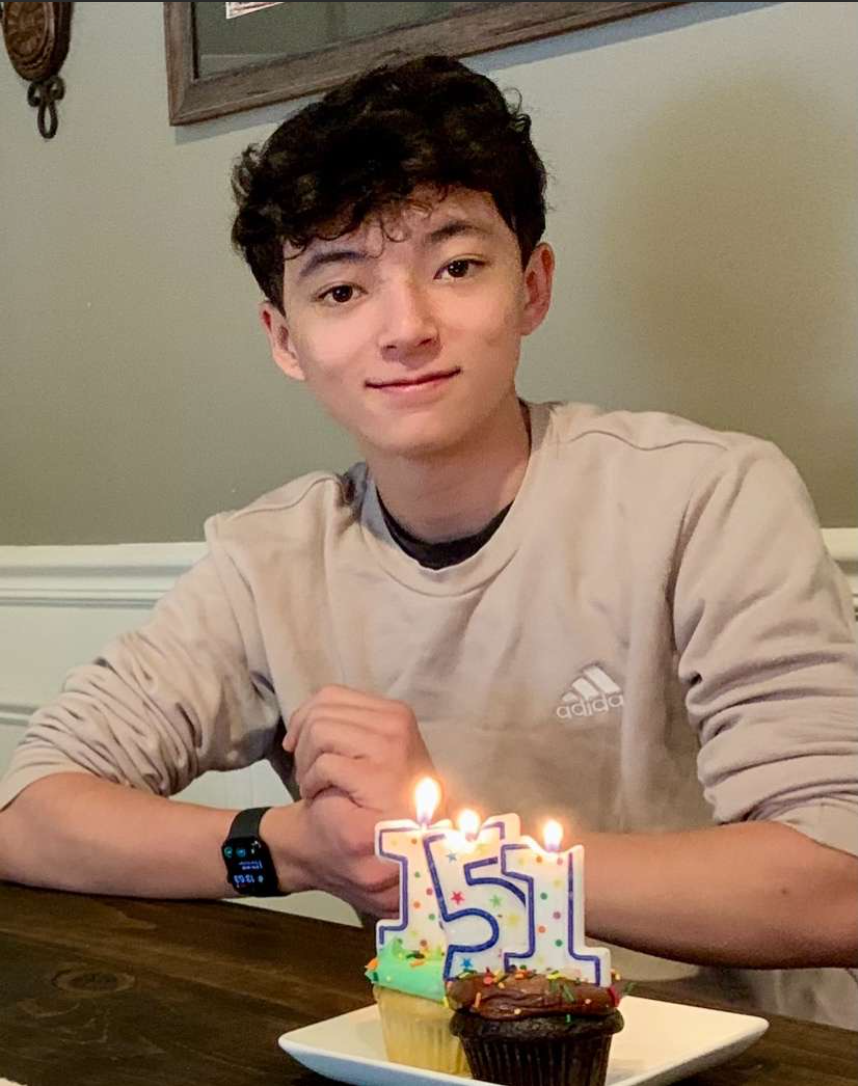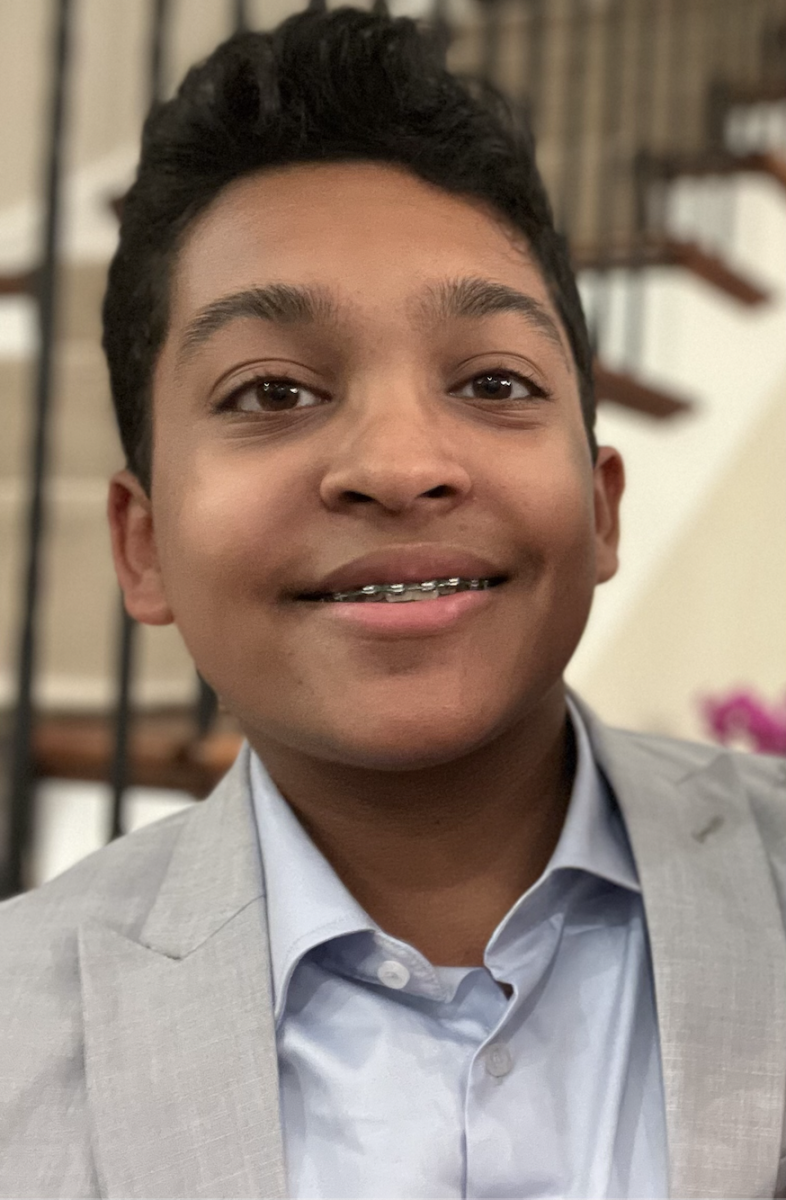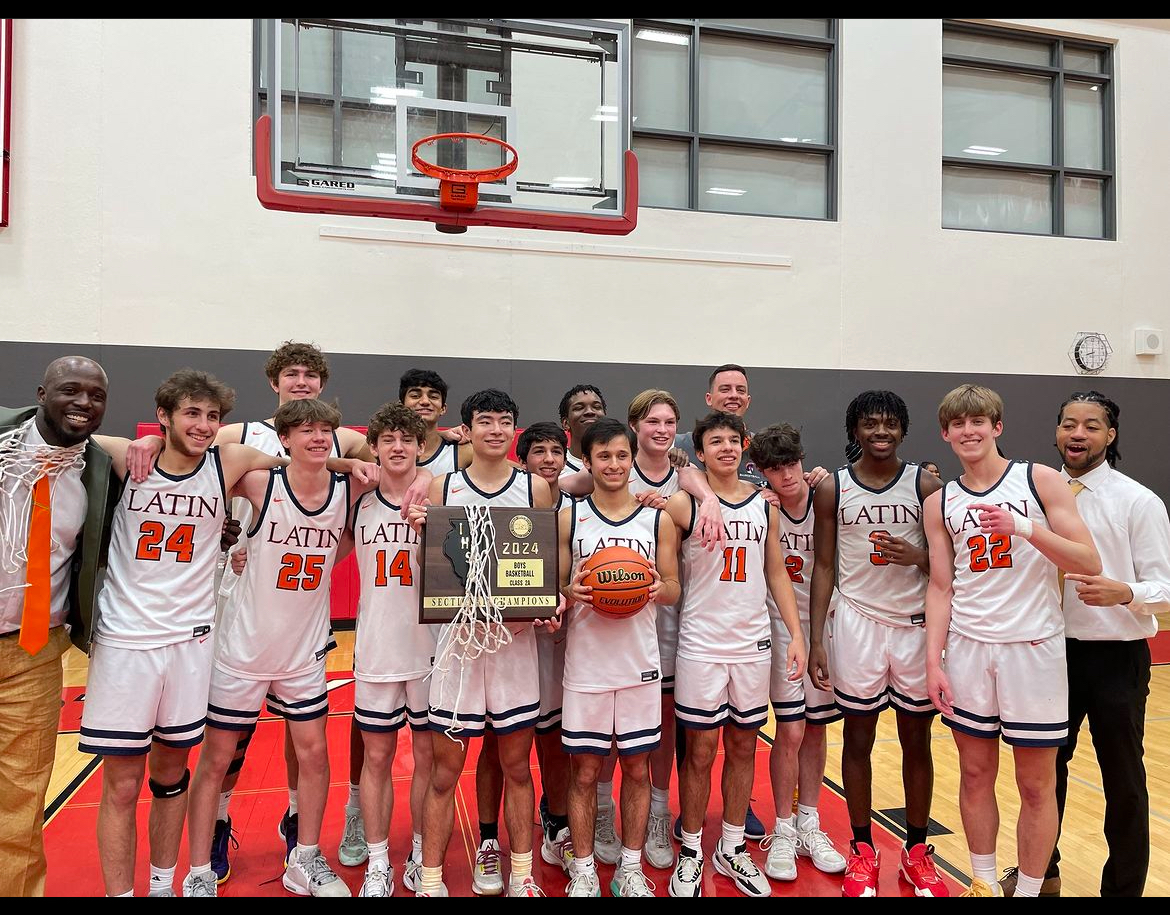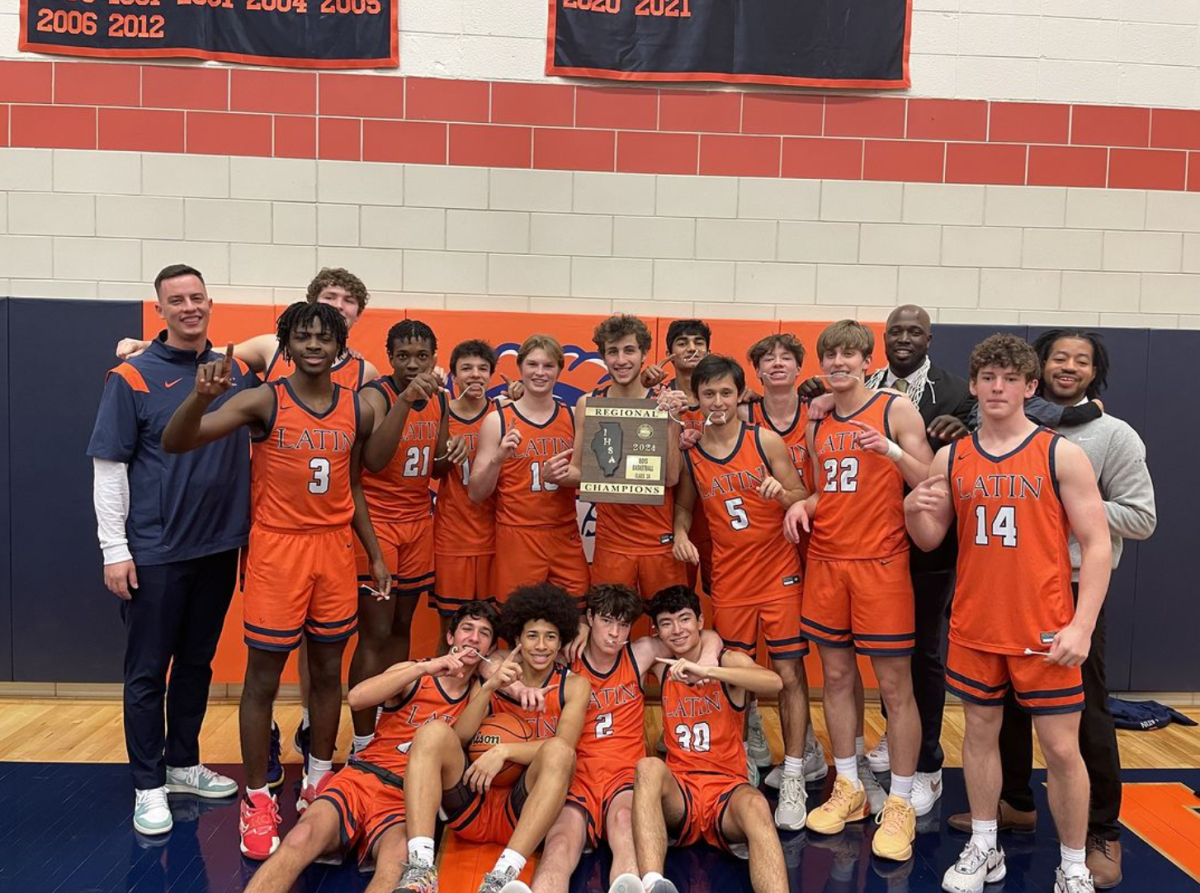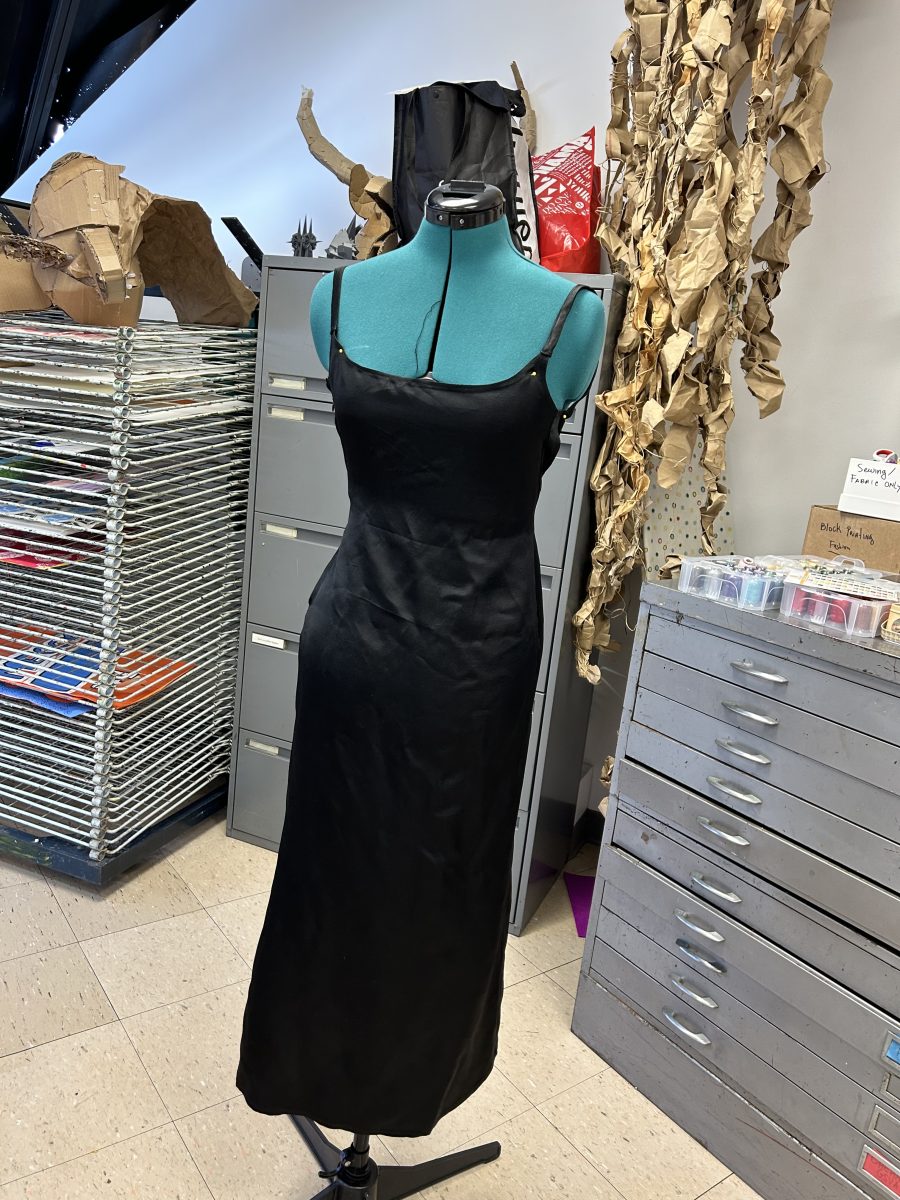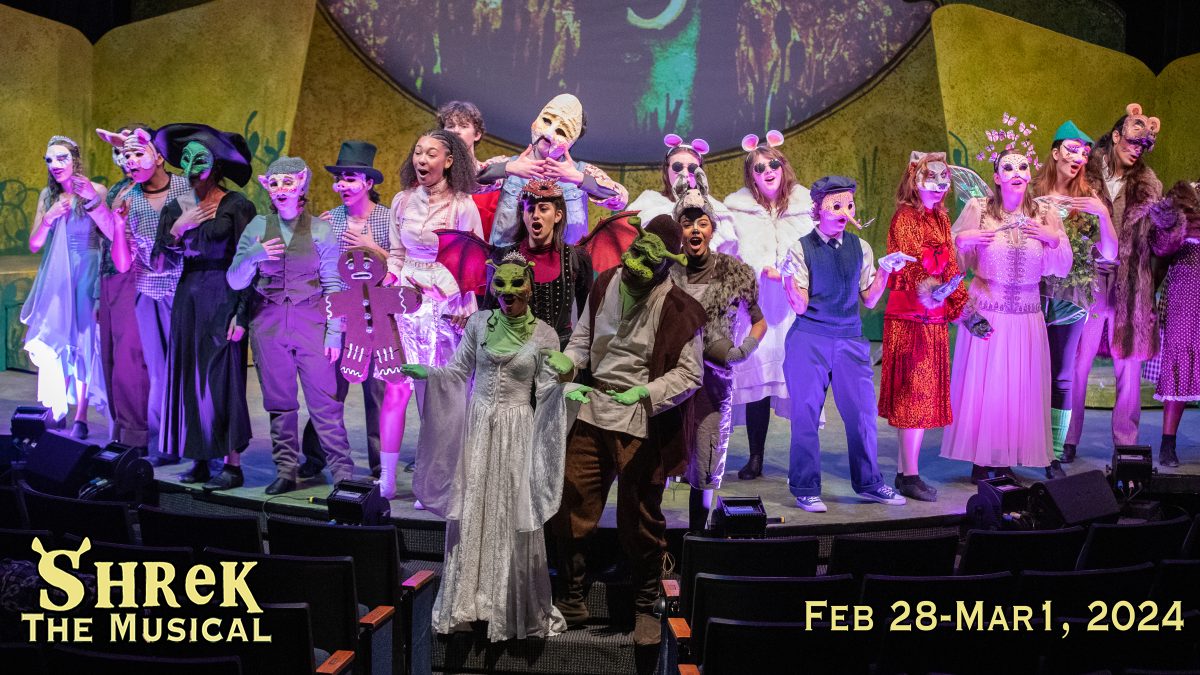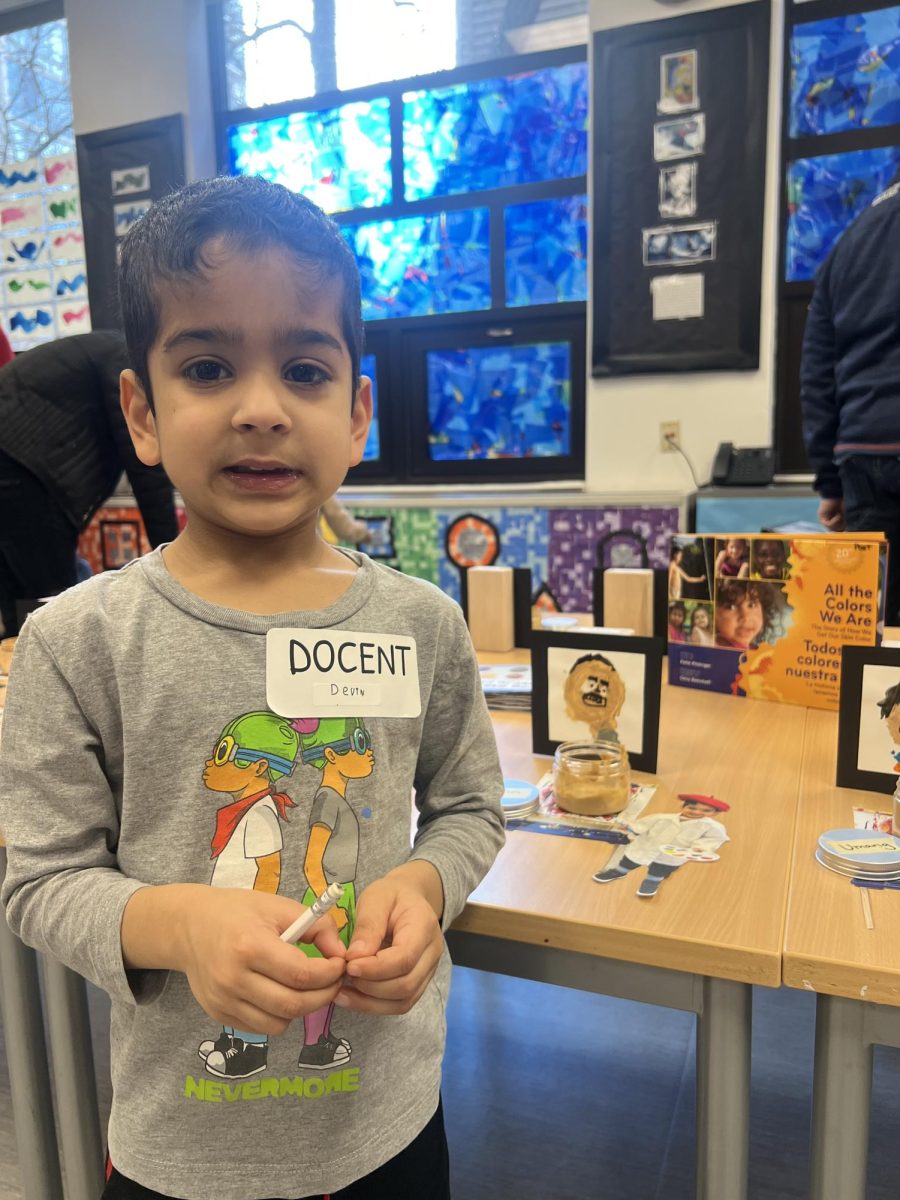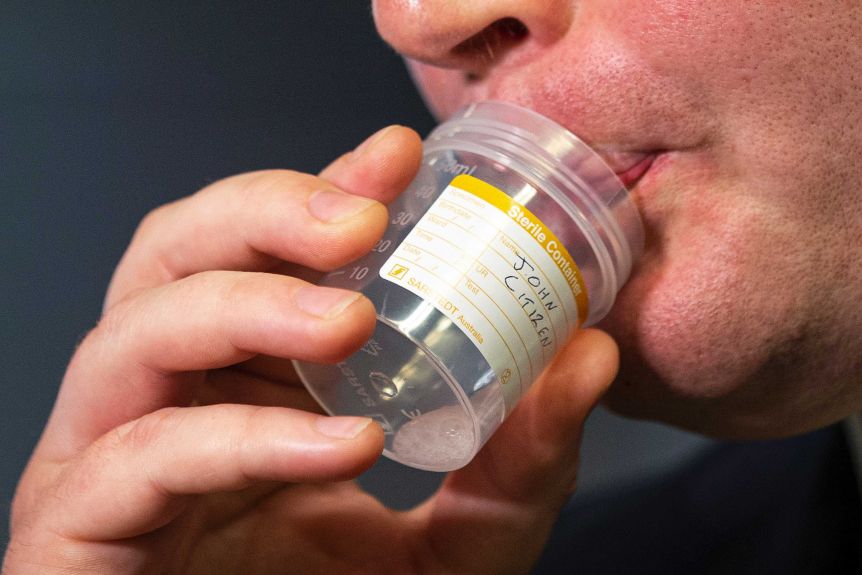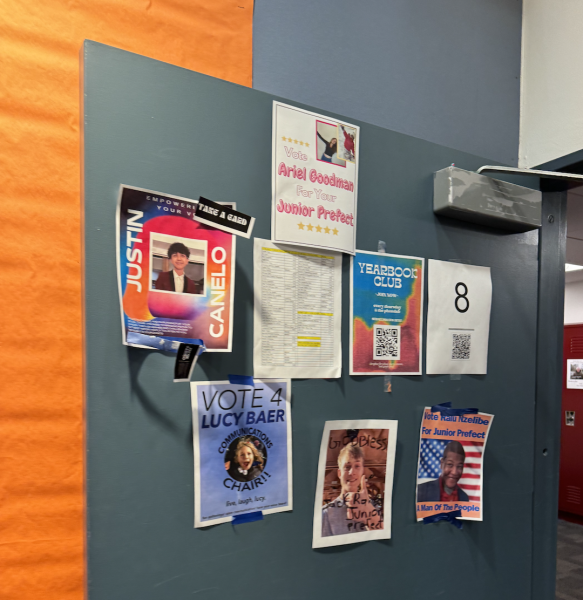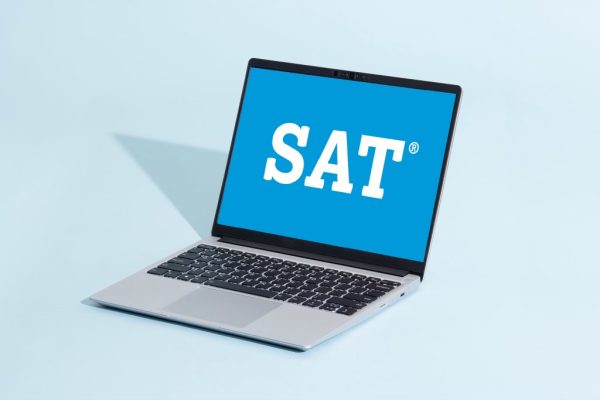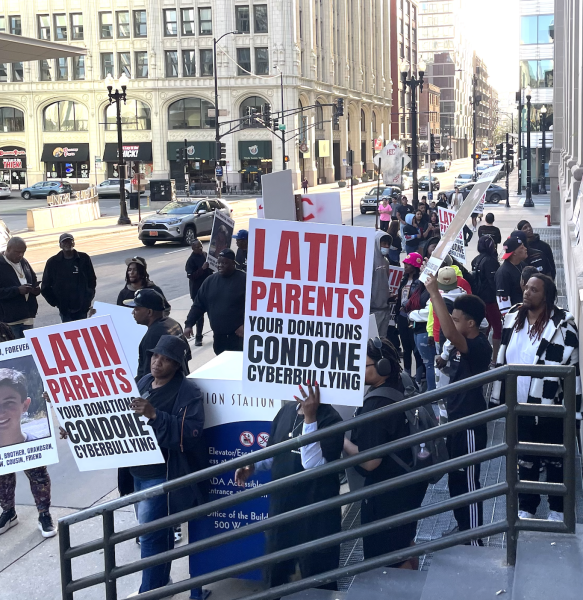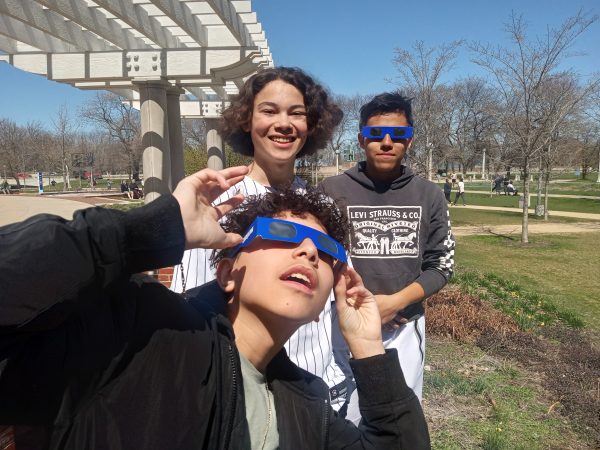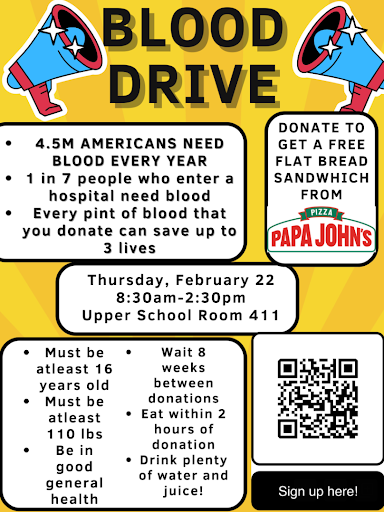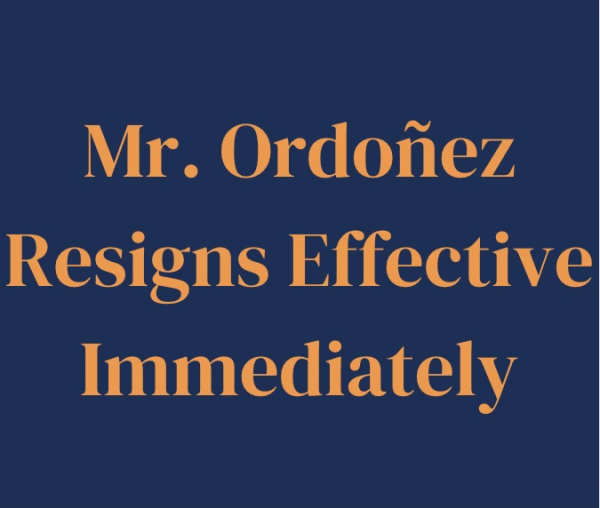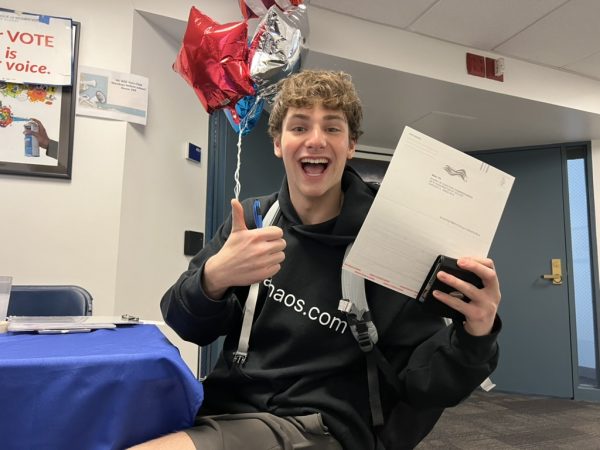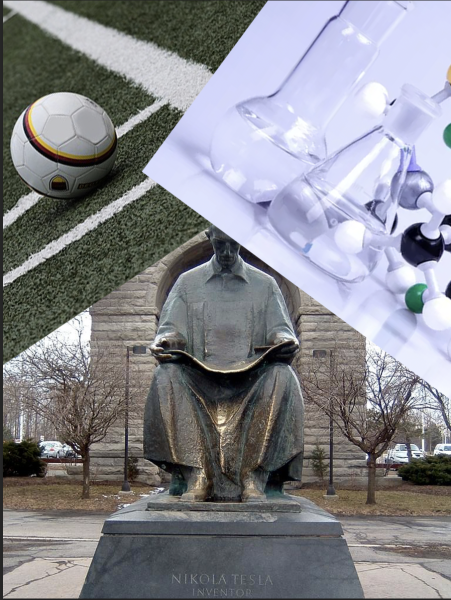Latin plans to implement a COVID saliva testing policy second semester
Image of saliva test from ABC News site
Head of School Randall Dunn has announced plans to implement a weekly COVID-19 screening protocol schoolwide for second semester, beginning in early January. While more information regarding this new testing is expected to be communicated in the coming days, students, faculty, and staff will take a saliva-based RT-LAMP screening test the day before entering the building and, if they test positive for the virus, they must purchase a PCR diagnostic test and receive a negative result before returning to school.
“Latin was already doing such a great job setting up policies that would keep the learning space a safe place,” Senior Medical Consultant Dr. Leslie Cordes said. “This seemed to be a reasonable addition to the policies that were already established.” Latin’s COVID-19 response team hired Dr. Cordes in October, and, after the advisory panel prompted her, she started researching various coronavirus screening tests before settling on the RT-LAMP.
Unlike the PCR test, which detects the presence of coronavirus-specific RNA sequences to diagnose the recipient of the test, the RT-LAMP test aims to determine whether or not a person has a viral load, or a certain level of the virus in their system, indicating that they likely—but not definitively—carry the virus. “It’s not diagnostic, so it’s not a substitute for a PCR test,” said Chief Financial Officer Michael Szczepanek, who serves on the school’s COVID-19 response team.
When assessing both the specificity and sensitivity of the RT-LAMP test—the likelihood of a false positive and the probability of detecting the virus, respectively—studies compared it to the PCR test, or what Dr. Cordes refers to as the “gold standard” of testing. “In terms of specificity, PCR tests will be close to 100 percent,” pulmonologist and Latin parent Dr. Stacy Raviv said, noting that false positives can come from mishandling of samples. Likewise, because the RT-LAMP test identifies specific nucleotide sequences in the virus’ RNA, false positives should be exceedingly rare. “I don’t want to say 100 percent specificity, but I’d also say a very high level of specificity,” Dr. Cordes explained. The saliva-based RT-LAMP test ranges from 90 to 95 percent sensitivity, meaning that the screening should catch the majority of coronavirus viral loads in asymptomatic or presymptomatic cases.
But while the RT-LAMP test seems promising in terms of accuracy in adult populations, researchers have yet to release studies on the RT-LAMP’s efficacy when screening adolescents. “Unfortunately, with this virus, this is not unusual because we are barely into it, and there hasn’t been enough time to really test every possible population,” Dr. Cordes explained, “so we’re really taking some data that has been looked at in adult populations and sort of extrapolating it and using it in the more pediatric population.”
Few literature and scientific studies provide insight on how well RT-LAMP tests detect the virus in younger populations—some research suggests that the viral load of adolescents is lower than that of adults—so Dr. Cordes used the experience of schools that already follow a similar protocol to inform her recommendation of implementing routine testing.
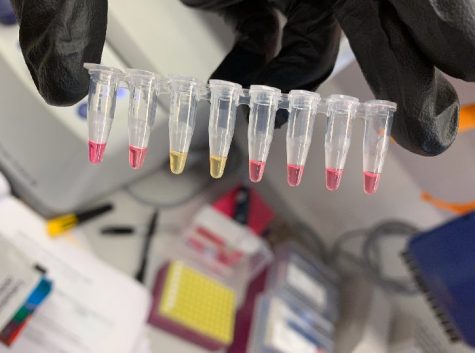
While the process of taking an RT-LAMP test and a subsequent PCR test may seem tedious in comparison to widespread PCR testing, the accessibility of screening tests make it the better option in terms of testing a broader population. “There haven’t been tests that are accessible and affordable, and you gotta kind of have both, and also something that’s timely,” Mr. Szczepanek explained. “So, even if there was widespread PCR testing, getting those tests back, in sometimes three to five to seven days, just doesn’t really help us.” In respect to timing, the RT-LAMP test is much more efficient, with results of the test returned within hours.
On a similar note, the RT-LAMP test costs $11 per kit, compared to the PCR’s whopping $100. Schoolwide screening every week will amount to over $200,000 over the course of second semester, excluding breaks and potential school shutdowns. Alternatively, if Latin chose to distribute PCR tests instead, testing would cost approximately $1.8 million. While Latin can operate at a financial deficit and still find funds to pay for the testing, among other COVID-19 expenses, the school couldn’t afford to pay for PCR tests for everyone. If students test positive for a viral load, they will either pay for their own diagnostic test or receive assistance from Latin. “If anyone is struggling financially or has the inability to go get that PCR test, results of our finding of an abnormal screening, we will certainly help them financially to do so,” Mr. Szczepanek said.
“I think it will be better for more accuracy and really pinpointing who tested positive, who those close contacts are,” Latin’s contact tracer Abriana Luther said with regard to the extra layer of mitigation that screening provides. “I guess we’re going to have a better process as far as tracking those cases, which I’m looking forward to.” However, negative test results, whether false or accurate, could incline more community members to expand their circle of close contacts.
“No test for COVID-19 will pick up 100% of the true positive cases,” Dr. Raviv said. She further explained that the screening may not register the virus during the incubation period, the time between when one comes in contact with the virus and when the disease develops. “A person might, for example, pick up the virus during an interaction with an infected person on Sunday, test negative on Monday, and begin an infectious period on Tuesday,” she said. “I do worry that people will misinterpret the meaning of negative test results and presume that they and their similarly test-negative friends are safe to get close.”
Mr. Dunn shared a similar sentiment. “I want to emphasize,” he said, “that [testing is] not to replace all the great things that we do in terms of masks and social distancing and not congregating in ways that could promote the virus.”

Marin Creamer ('22) can’t wait to serve her first year as an Editor-In-Chief for The Forum. Writing and editing for the publication has been...

